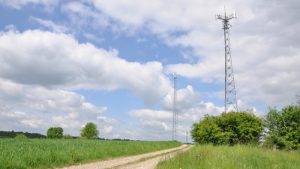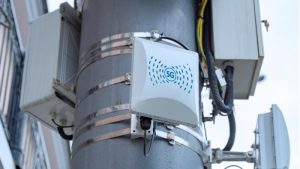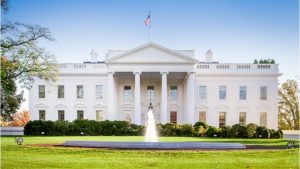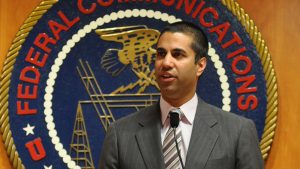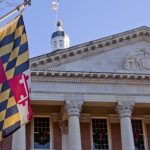Sens. Roger Wicker, R-Miss., and Tim Scott, R-S.C., introduced the Connecting Minority Communities Act on Aug. 4. The legislation would codify the existing Minority Broadband Initiative at the National Telecommunications and Information Administration (NTIA) in a new Office of Minority Broadband Initiatives (MBI).
The Commerce Department’s National Telecommunications and Information Administration (NTIA) announced that its National Broadband Availability Map (NBAM) now has 20 participating states. In a July 10 statement, NTIA confirmed that Wyoming and Washington State have been added to the NBAM.
Both the Departments of Agriculture (USDA) and Commerce are progressing ahead on rural broadband agency priority goals (APG) as a part of the President’s Management Agenda (PMA) with some help from emergency funds in the Coronavirus Aid, Relief, and Economic Security (CARES) Act.
Navajo Nation President Jonathan Nez told members of the House Energy and Commerce Committee July 8 that most of the nation’s residents lacked fixed access broadband service, and proposed the construction of a Navajo Nation-owned broadband network to provide fiber infrastructure as the middle-mile backbone to increase service availability.
The Federal Communications Commission (FCC) lacks a “comprehensive strategic [plan] to guide spectrum policy for 5G deployment,” according to a Government Accountability Office (GAO) report. The government watchdog agency made recommendations to FCC to improve its strategic plan, but the FCC was luke warm on the reccomendations.
The Federal government has worked to expand access to broadband across the U.S. through large investments in the sector and can continue expanding access in rural areas by improving data and broadband access maps.
The Trump administration is touting increased broadband deployment in rural communities stemming from financial investments and governmentwide connectivity programs, per the American Broadband Initiative Progress Report released today.
With the rise in telework, distance learning, and telehealth, the COVID-19 pandemic has shown a spotlight on the importance of broadband connectivity. In a move to promote broadband expansion in rural America, the U.S. Chamber of Commerce’s Technology Engagement Center (C_TEC) released nine policy principles to close the digital divide.
Federal Communications Commission (FCC) Chairman Ajit Pai asked members of a Senate Appropriations subcommittee for $65 million to implement the Broadband DATA Act, a law signed in March to improve the accuracy of broadband deployment maps.
The First Responder Network Authority Board approved more than $200 million in funding to enhance FirstNet, the nationwide public safety broadband network.

